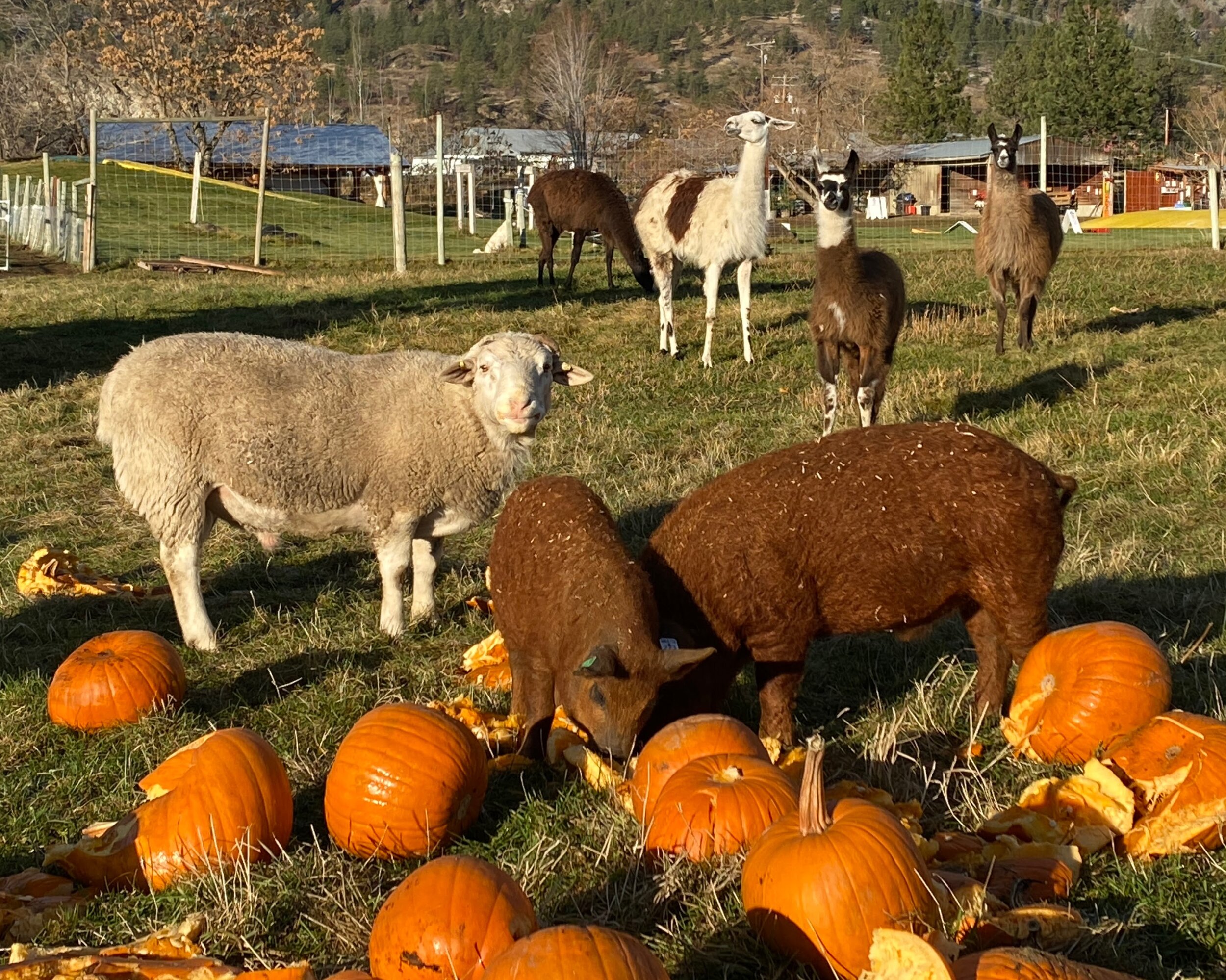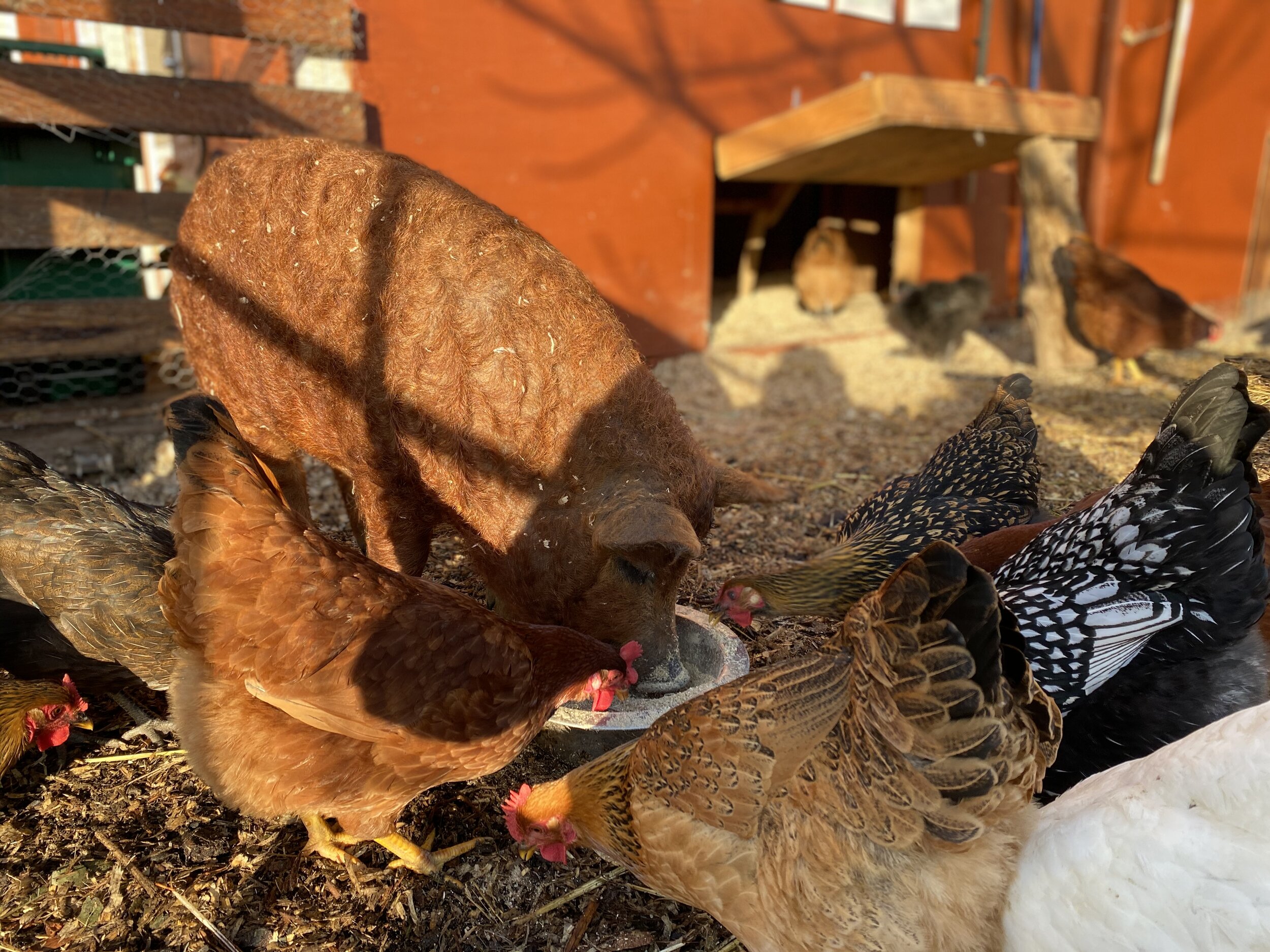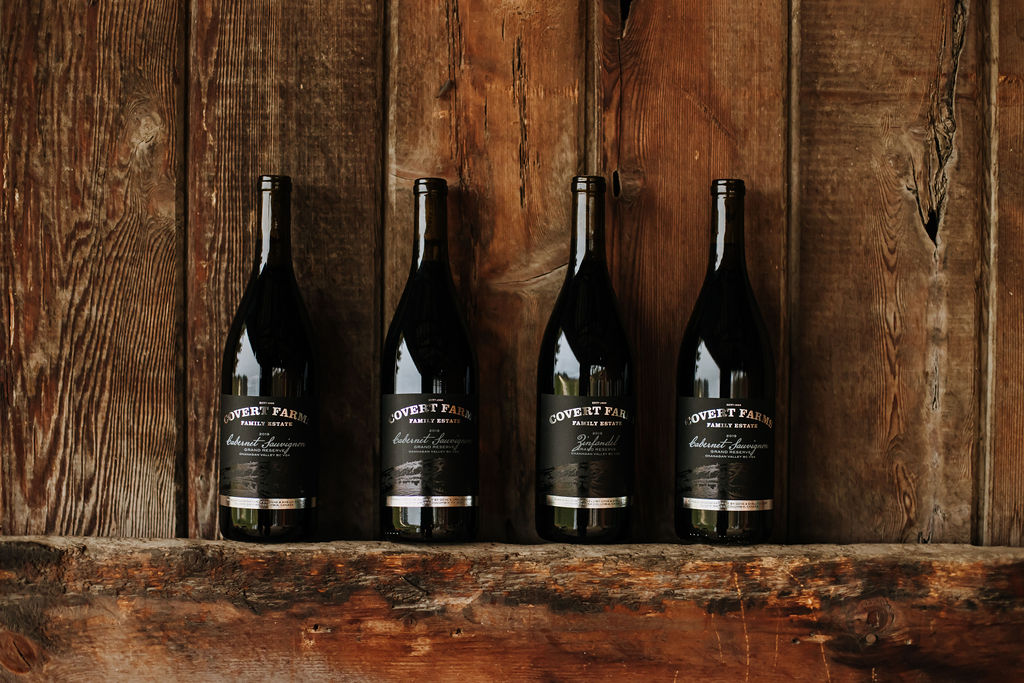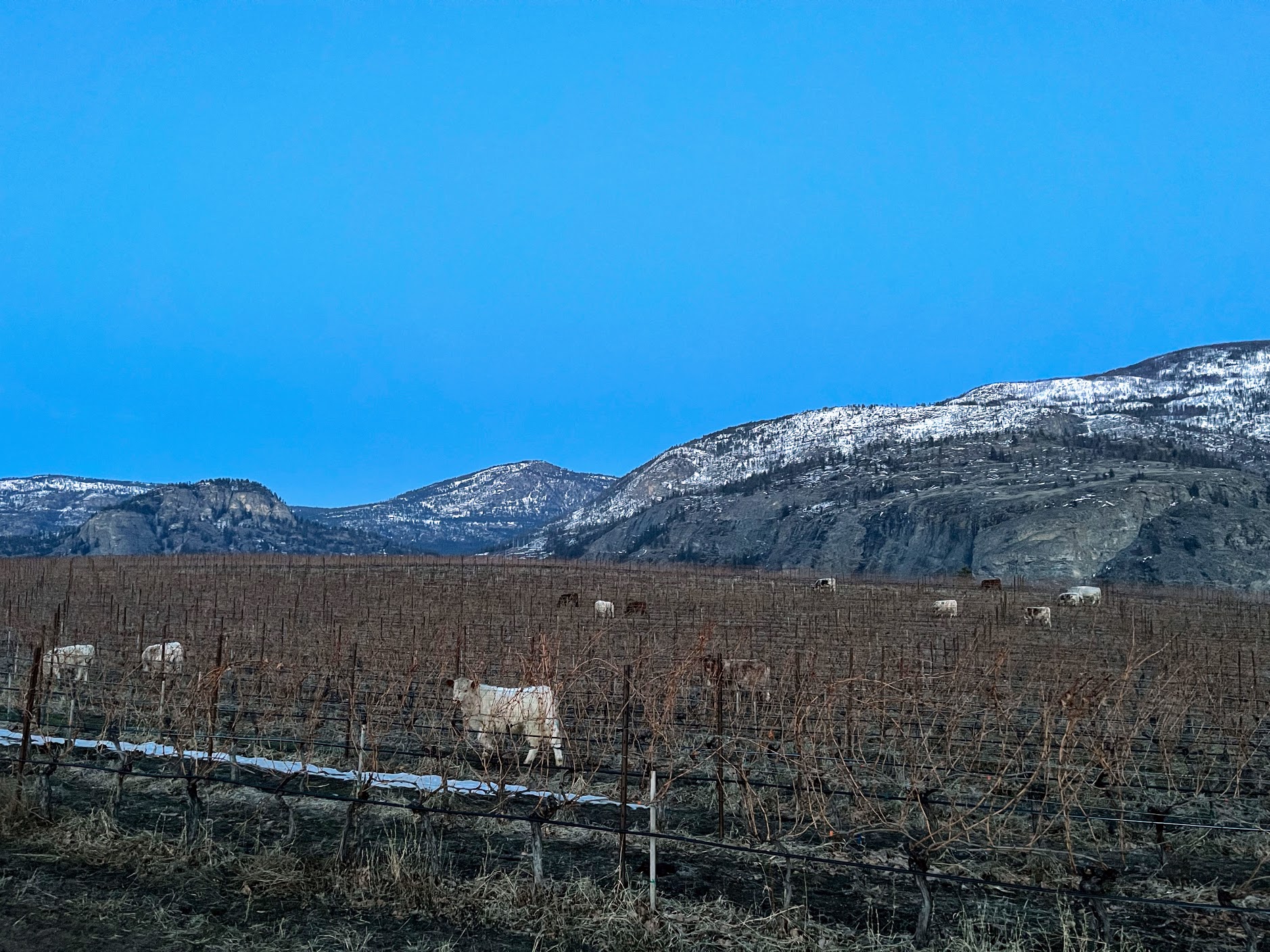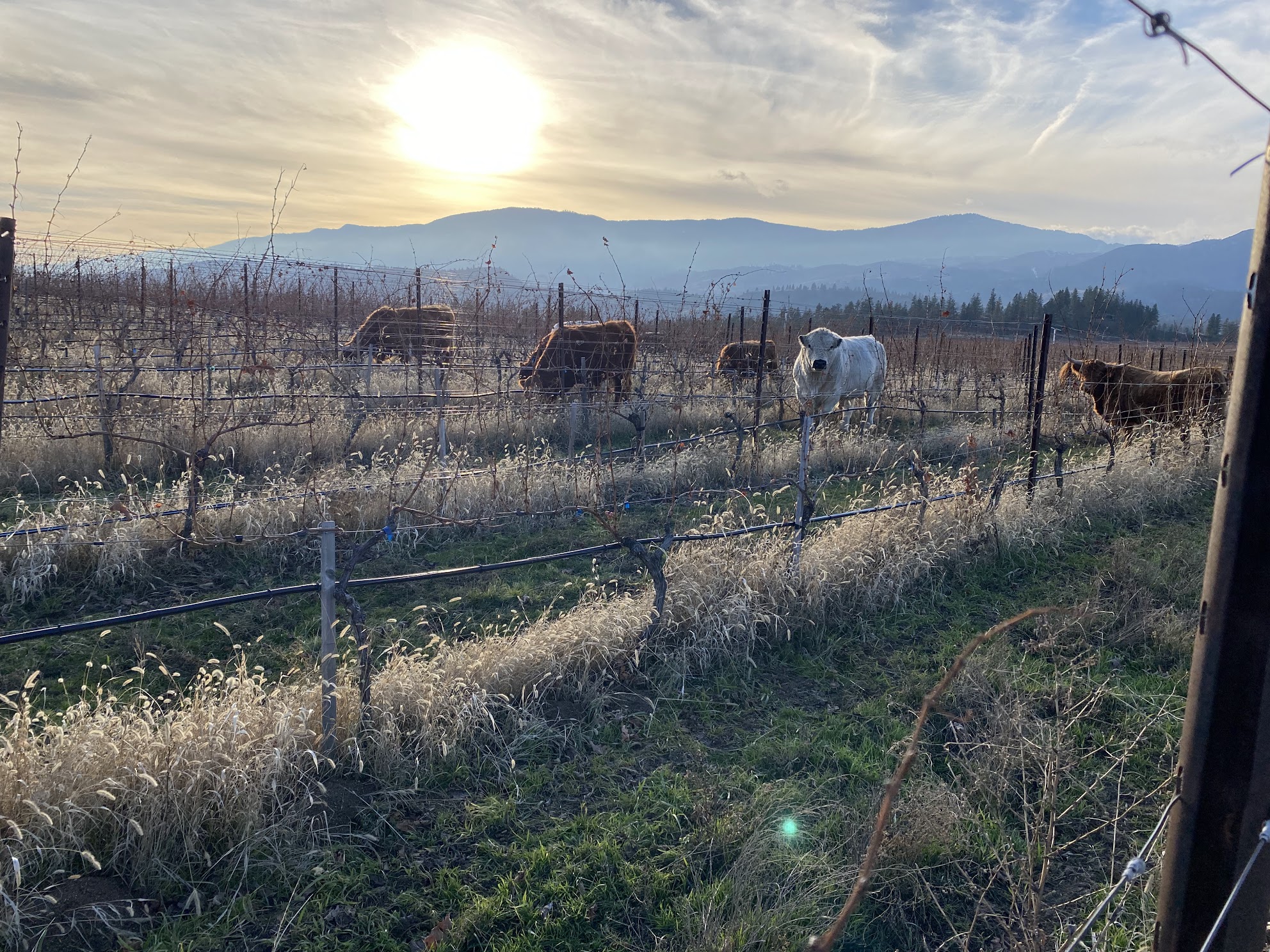COVERT FARMS 2020 HARVEST REPORT
“Although the surface of our planet is two-thirds water, we call it the Earth. We say we are earthlings, not waterlings. Our blood is closer to seawater than our bones to soil, but that’s no matter. The sea is the cradle we all rocked out of, but it’s to dust that we go. From the time that water invented us, we began to seek out dirt. The further we separate ourselves from the dirt, the further we separate ourselves from ourselves. Alienation is a disease of the unsoiled.”
― Tom Robbins, Another Roadside Attraction
The glass half full for 2020
If there’s a key theme in regenerative farming it’s resilience, and this theme certainly came to bare in 2020. With the help of an incredible team, who had to wear more than the usual set of extra hats this season, we adapted to turn what could have been very severe headwinds onto a course that we have come to find comfort, control and even an elevated experience. Again, I’d like to congratulate our fantastic team who showed patience, grace, and gratitude while executing at the highest level to provide a safe and enriching experience for all our team and our guests.
Soil Tests
Graduating with a BSc in Physical Geography, I had my share of soils courses and learned the nitty gritty of soil physics and chemistry, but not soil biology. Agronomy has long used soil tests to determine the quantities of the various minerals in soils and these tests were the foundation of fertility plans based on the crop and yield expectation. Even in organic farming we would use a soil test along with a compost test to estimate our nutrition requirements for a given crop. This all seemed reasonable …
Soil Health Tests
As our knowledge of soil systems in regenerative farming improve, so does our desire to quantify the results and make accurate management decisions. In 2018, we discovered in the literature of a soil health test that was developed by Dr. Rick Haney at Texas A&M that accounts for the significant contribution that soil biology makes to the nutrient pool. We went looking for a lab to do such a test here. In the fall of that year, working with our local growers supply, we were happy to discover that A&L labs out of Ontario had just started offering such a service. We were the first farm to order such a test in our area. The first years test was a baseline to work from and the results were not dissimilar to the soil tests of the past, but with the extra biological information.
Again we tested in the fall of 2019, having two seasons of intensive regenerative farming practices; minimal tillage, light compost addition, multi-species cover crops both under vine and drive row, keeping the soil covered, and letting our cows into the vineyard during the winter. This is the point where things get interesting. All our soil nutrients rose to levels we had not seen before, deficiencies smoothed out, and our soil health improved to the point that we had on paper what looked like enough nutrients for 1 -1/2 years of grape production. So how did we grow a healthy crop in 2019 and also gain the nutrients for the 2020 season simultaneously?
Contemplating these tests over the winter and comparing them to the available research we forged on in the spring using these results and decided to not apply compost, and rely solely on no-till, cover-crops and livestock. If the results didn’t play out as expected vine vigour we could supplement compost mid-season.
The 2020 growing season can be defined by nothing other than a complete success. Vine vigour was better than expected, as such it gave us the confidence to carry a slightly larger crop than usual. Even with more than the usual precipitation in June our fruit remain strong and healthy throughout the season. Exceptional September weather brought the fruit to maturity in early to mid October with the best chemistry we have seen in years. Overall, our yield was up 30% with better quality that even the last few seasons. Industry wide many other growers struggled with mildew and lower yields. We are excited by the wines developing in the cellar and for our 2020 soil health test to see if the trend continues as it should.

The Chardonnay Project
We planted some Chardonnay in 2019, but it got off to a rough start. Impatience got to us, so I queried our tenants, Andrew Peller, if they would be receptive to us taking over a two acre block. Fortunately, they were amiable to the idea, and we took over a 2.5 acre corner of super premium Chardonnay planted in 2007. I know this block well, Shelly and I having planted a Gala apple orchard there in 1998. As we wanted to transition it to certified organic we had to buffer it from the rest of the main block. We labelled the organic rows and a 1/2 acre (5 rows) of buffer which we would farm but not use the fruit.
This is an exciting project for an organic farmer; taking a long term conventional block and converting it to organic production without losing yield or quality. 15 years of iterative experience and a winter researching such conversions gave us a plan (thanks to Nicole Masters book “For The Love Of Soil”). To put it bluntly, we were taking vines that were like drug addicts that needed weening while simultaneously supporting their physical (soil physics and chemistry) and psychological health (soil biology). To this end we applied a healthy dose of our farm made compost and a cover crop mix of lentils, flax, mustard, radish and phacilia under the vines. In the alley way we no-till seeded oats and peas through the existing grass sward. We further stimulated the soil biology with vermi-cast tea (worm castings, molasses, seaweed extract) which is brewed with an aerobic bubbler and spread on the soil while its raining.
The fruit was of excellent quality, but the yields were a bit low. In the cellar we have the lot divided into halves. One half is in stainless going through a low temp slow fermentation to retain the focused fruit notes while the other half is in new French oak chardonnay barrels fermenting in warmer conditions to develop the buttery tones. We will stir the lees to further develop structure. The fun will come in spring when we blend it together. Depending on how it develops we will bottle it in March or July.

New recruits
As we work our way down the road of regenerative farming we are always looking at growing our biodiversity. So as we hope that we have enabled the addition of may trillions of life below ground let us introduce of few of the larger ones above ground.
